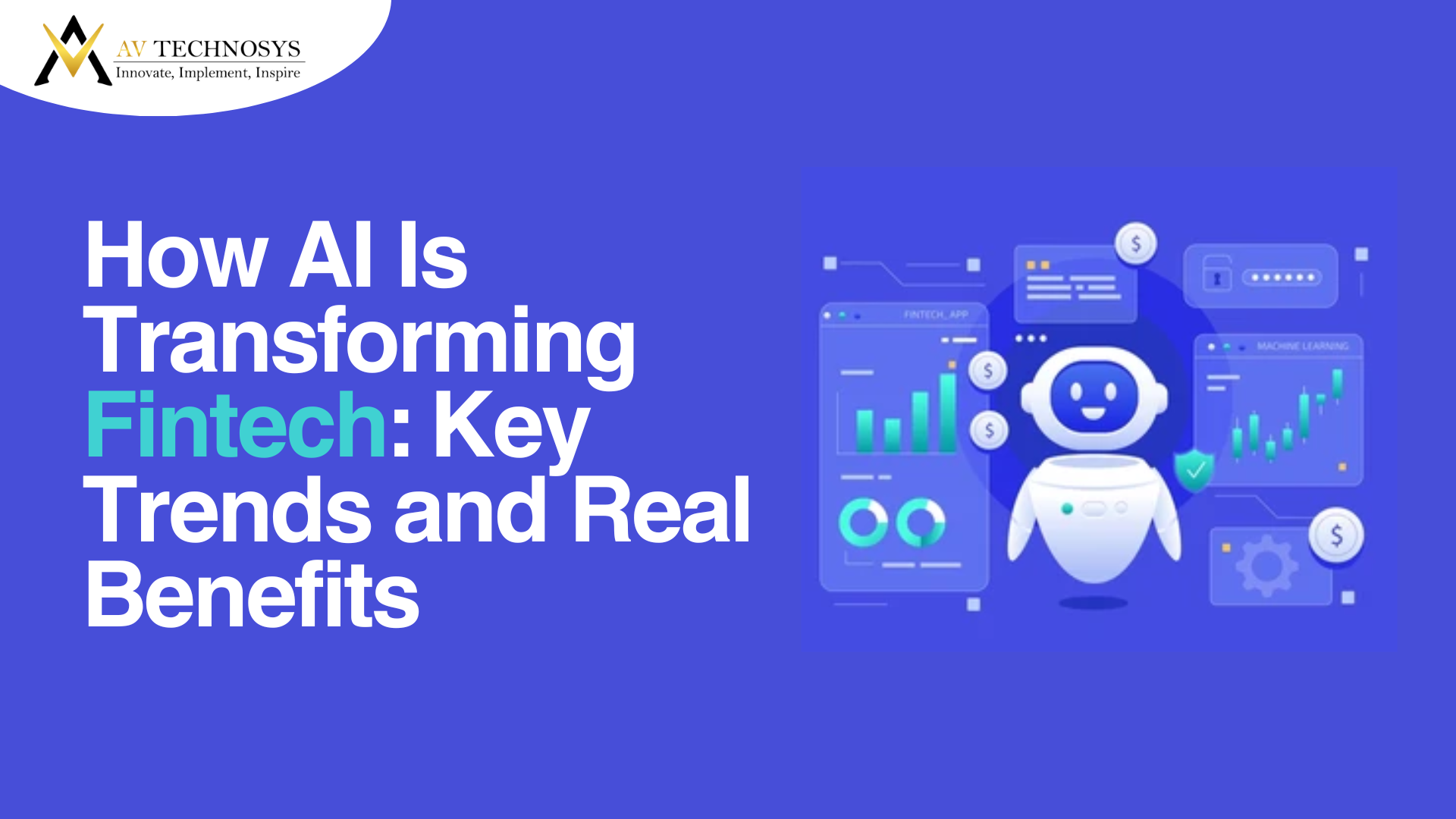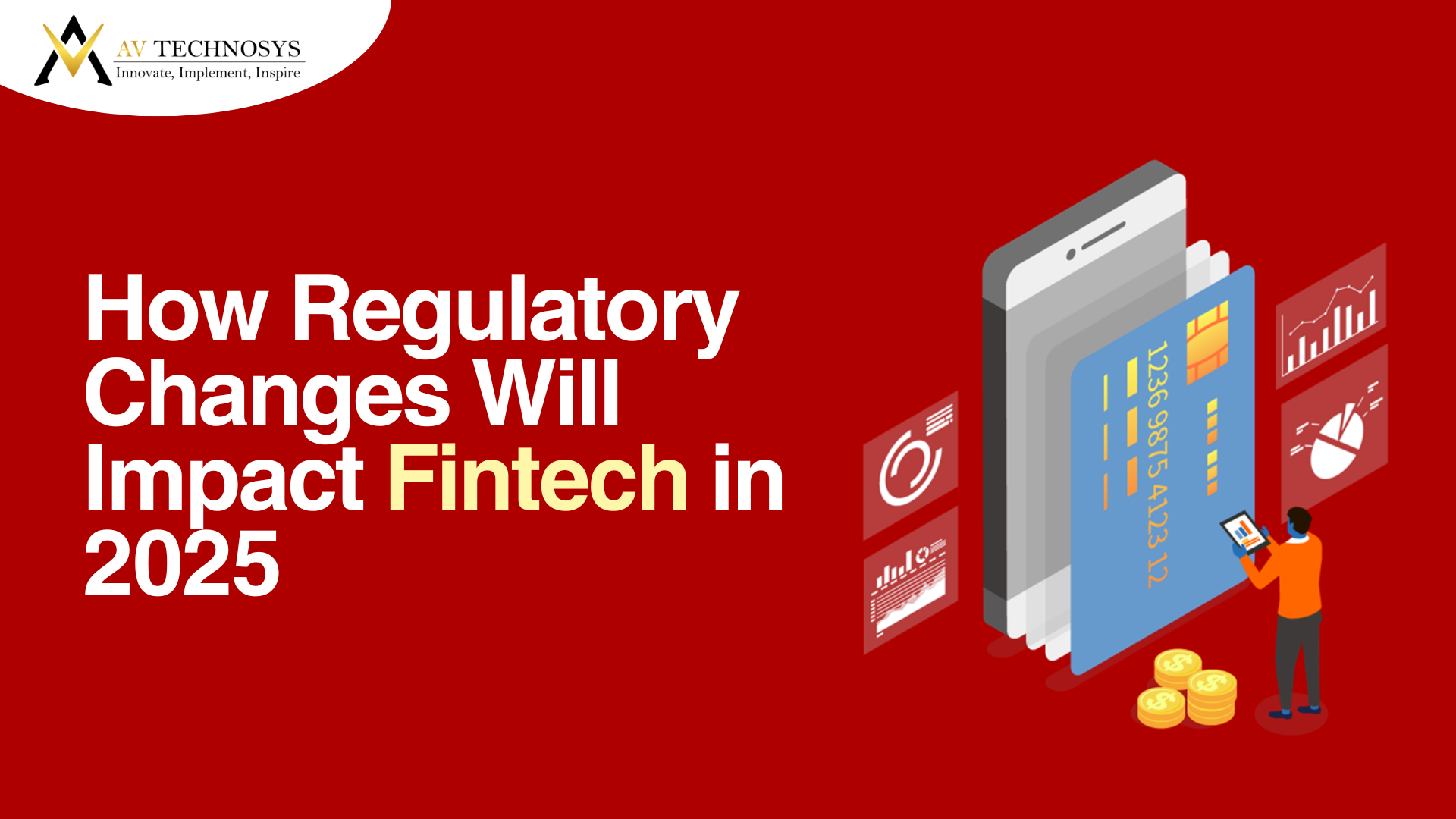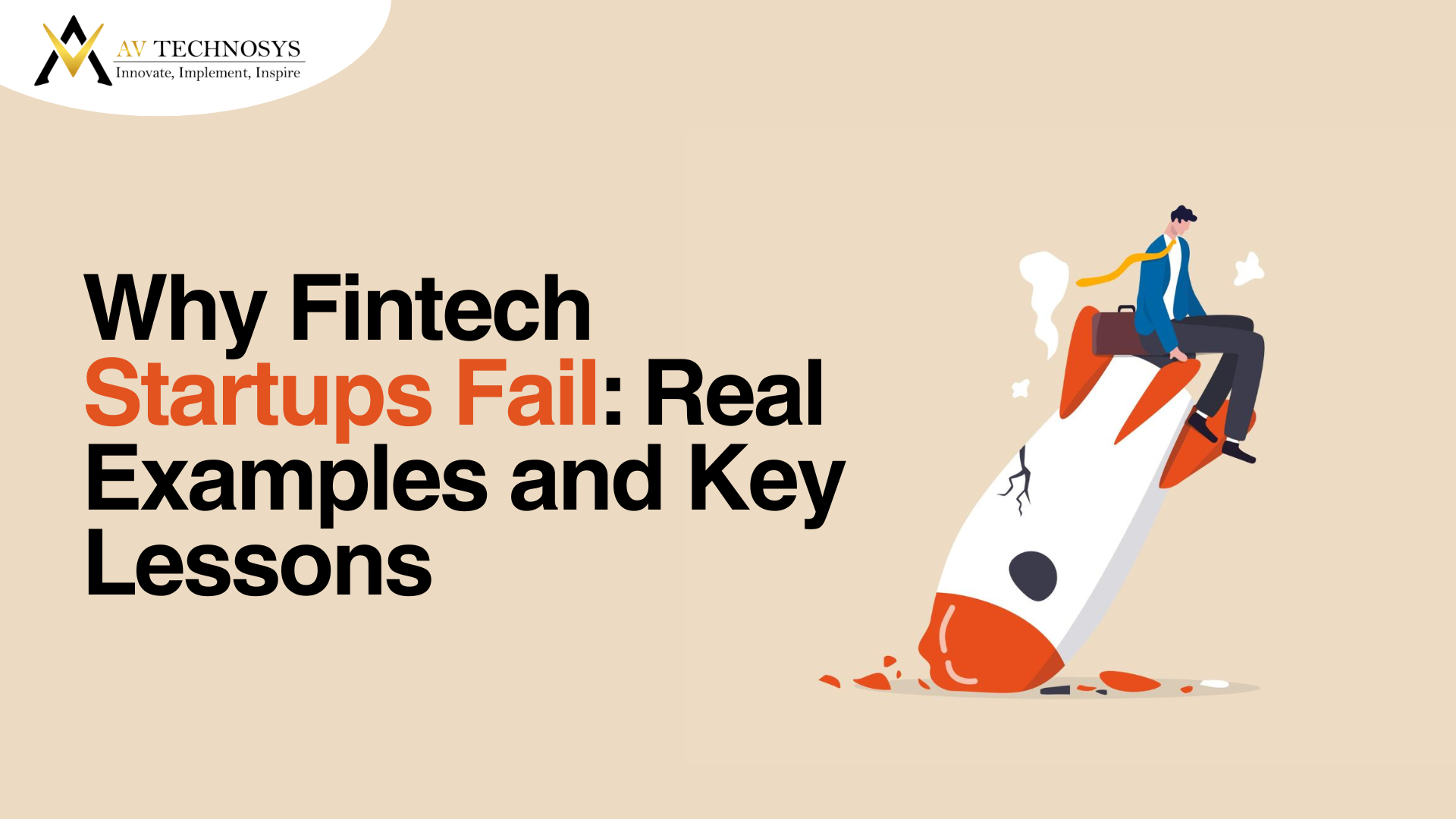AI Shopping App in 2025: A Complete Guide
Planning an AI shopping app in 2025? Discover key features, costs, tech stack, and trends to build a successful AI-powered shopping app.


Artificial Intelligence
Artificial Intelligence (AI) has transformed almost every industry, and retail is no exception. The rise of AI shopping apps has changed how customers browse, shop, and engage with brands. In 2025, building an AI-powered shopping app is not just about offering products online, it’s about personalisation, efficiency, and predictive experiences that keep customers coming back.
If you’re planning to build an AI shopping app in 2025, this complete guide will cover everything you need to know: market trends, essential features, technology stack, development process, costs, and future opportunities.
Why Build an AI Shopping App?
AI shopping apps combine eCommerce functionalities with the power of artificial intelligence to provide:
Personalised Recommendations: Suggesting products based on user behaviour and preferences.
Virtual Try-On: Helping users visualise products like clothes, glasses, or furniture through AR/AI.
Predictive Analytics: Forecasting demand and optimising inventory.
Chatbots and Voice Assistants: Offering instant customer support and smooth user navigation.
Fraud Detection: Securing transactions with intelligent fraud prevention systems.
These features improve user engagement, increase conversion rates, and build customer loyalty, which is why AI shopping apps are a smart investment for brands in 2025.
Key Market Trends in 2025
The AI in retail market is projected to reach USD 24 billion by 2027. Here are top trends influencing AI shopping apps:
Conversational AI: Integration of smart chatbots and voice assistants for natural shopping experiences.
Hyper-Personalisation: AI algorithms creating dynamic homepages, recommendations, and offers tailored to each user.
Visual Search: Users can upload photos to find similar products instantly.
Augmented Reality (AR) Try-Ons: Especially popular in fashion, beauty, and furniture shopping apps.
AI-Powered Customer Insights: Tracking shopping patterns, preferences, and predicting future behaviour.
Essential Features for AI Shopping Apps
Here are the must-have features for a successful AI shopping app in 2025:
1. User Registration and Profile Management
Easy sign-up options are available via email, social media, or mobile number, with profile customization.
2. Smart Product Search
AI-enabled search with filters, auto-suggestions, and visual search capability.
3. Personalised Recommendations
Dynamic suggestions based on browsing history, preferences, and previous purchases.
4. Virtual Try-On
AR and AI-powered tools for trying clothes, accessories, or makeup virtually.
5. AI Chatbots and Voice Assistants
24/7 support for queries, order tracking, and product discovery using conversational AI.
6. Wishlist and Favourites
Letting users save products for future purchases.
7. Secure Payment Gateway Integration
Multiple payment options with AI-driven fraud detection for secure transactions.
8. Real-Time Order Tracking
Live updates on order status and delivery.
9. Push Notifications
AI-personalised notifications for offers, restocks, and recommendations.
10. Reviews and Ratings
Allowing customers to share feedback and read reviews to improve purchase confidence.
11. Admin Panel
For managing products, inventory, orders, users, and AI insights.
12. Analytics Dashboard
AI-powered analytics to track user behaviour, sales trends, and operational performance.
Technology Stack for AI Shopping App Development
Frontend:
React Native / Flutter for cross-platform apps
Swift for iOS native development
Kotlin for Android native development
Backend:
Node.js, Python, or PHP (Laravel) for scalable APIs
Django (Python) for rapid AI integration
NET for enterprise-grade security and performance
AI and ML:
TensorFlow or PyTorch for AI model development
Google ML Kit for integrated AI features
OpenCV for computer vision tasks like visual search
Database:
PostgreSQL or MySQL for structured data
MongoDB for flexible and scalable document storage
Cloud and Hosting:
AWS or Google Cloud for reliable, scalable infrastructure
Firebase for real-time database and push notifications
Third-party Integrations:
Stripe, Razorpay for payments
Twilio for SMS and communication APIs
Development Process
Here is a step-by-step approach to building an AI shopping app:
1. Requirement Analysis
Understand your target market, define goals, features, and business model clearly.
2. UI/UX Design
Create wireframes and interactive prototypes focusing on intuitive user journeys.
3. AI Integration Planning
Determine AI features such as recommendation engines, chatbots, and visual search, and design the data flow accordingly.
4. Backend and Frontend Development
Develop APIs, admin panel, and user interfaces in parallel using Agile methodology for faster delivery.
5. AI Model Development and Training
Train your AI algorithms on quality datasets for recommendations, personalisation, and visual search functionalities.
6. Testing
Perform unit testing, integration testing, security testing, and AI model validation.
7. Deployment
Deploy the app on the Google Play Store and, Apple App Store, and set up cloud infrastructure for scalability.
8. Maintenance and Updates
Monitor app performance, update AI models, add features, and ensure ongoing compatibility with device OS updates.
Estimated Development Cost in 2025
The cost to build an AI shopping app depends on complexity, features, team location, and technology used. On average:
Basic AI shopping app: $20,000 – $35,000
(Simple product listings, payments, basic AI recommendations)Advanced AI shopping app: $40,000 – $70,000
(Visual search, virtual try-ons, advanced AI personalisation, multilingual support)Enterprise-level AI app: $80,000+
(Large inventory management, multi-vendor marketplace, deep learning models, AR integration, robust cloud infrastructure)
Note: Costs vary based on UI/UX design complexity, third-party integrations, and development team rates (India-based developers are more cost-effective compared to the US or Europe).
Monetisation Strategies
Here are revenue generation models for AI shopping apps:
Commission-Based: Earning a percentage on every sale.
Subscription Plans: Premium features for sellers or buyers.
Advertisements: Targeted ads and featured product placements.
Affiliate Marketing: Promoting third-party products for commission.
Data Insights: Offering AI-driven market insights to sellers or brands.
Challenges in AI Shopping App Development
While AI shopping apps offer immense opportunities, there are challenges:
Data Privacy: Managing user data securely with GDPR compliance.
Quality Data Collection: Effective AI depends on high-quality, relevant data sets.
Continuous Training: AI models need regular updates with new data trends.
High Development Costs for Advanced AI: Training complex models like AR try-on requires specialised expertise.
User Adoption: Ensuring users understand and use AI features effectively.
Future Opportunities
By 2025 and beyond, AI shopping apps will see innovations such as:
Emotional AI: Analysing user emotions for better recommendations.
Metaverse Integration: Virtual shopping in 3D stores.
Blockchain Payments: Secured and faster transactions.
Advanced AR & VR: Fully immersive product trials.
AI-Driven Sustainability Recommendations: Suggesting eco-friendly alternatives to buyers.
Conclusion
Developing an AI shopping app in 2025 is a strategic decision for businesses aiming to lead in the retail market. From personalisation and virtual try-ons to smart chatbots and predictive analytics, AI creates shopping experiences that delight users and drive conversions.
Choosing the right development partner, like AV Technosys, with expertise in AI integration, robust backend systems, and user-centred design, is crucial for success. Whether you are a startup or an established brand, investing in AI shopping app development with AV Technosys will position your business for growth in this AI-driven retail era.
Get in touch with AV Technosys today to turn your AI shopping app idea into reality.
FAQs
Q1. What is an AI shopping app?
An AI shopping app integrates artificial intelligence features like personalised recommendations, visual search, chatbots, and predictive analytics to enhance the online shopping experience for users and improve business efficiency.
Q2. How does AI improve shopping apps?
AI enhances shopping apps by analysing user behaviour to offer personalised product suggestions, enabling virtual try-ons, automating customer support with chatbots, predicting demand trends, and preventing fraudulent transactions.
Q3. How much does it cost to build an AI shopping app in 2025?
The cost to build an AI shopping app in 2025 ranges from $20,000 to $70,000 or more, depending on features, complexity, development team rates, and AI integrations like visual search or AR try-ons.
Q4. How long does it take to develop an AI shopping app?
On average, it takes 3 to 6 months to develop an AI shopping app, including planning, design, development, AI model training, testing, and deployment. Complex apps with advanced AI features may take longer.
Q5. Why choose AV Technosys for AI shopping app development?
AV Technosys has extensive experience in building AI-powered apps with a strong focus on user-centred design, scalable backend systems, and robust AI integrations, ensuring your app meets business goals effectively and efficiently.
Q6. Can AI shopping apps integrate AR try-on features?
Yes, AI shopping apps can integrate AR (Augmented Reality) try-on features, allowing users to virtually try clothes, accessories, or furniture to enhance buying confidence and reduce returns.
Q7. Is AI shopping app development suitable for small businesses?
Absolutely. Small businesses can leverage AI features like chatbots and basic recommendations to enhance customer experience, build loyalty, and compete effectively with larger brands.
📬 Get in Touch With Us
Name
Mobile No.
Message
Our Latest Blogs
Get the most recent information on trends, technology, and development insights.
View All Blogs

Ashish Bishnoi
07-05-2025
Discover how AI is reshaping fintech with key trends and real-world benefits driving innovation in 2025.

Veer choudhary
08-05-2025
Explore how new regulatory changes will shape the future of fintech in 2025 and beyond.

Veer choudhary
11-05-2025
Learn why fintech startups fail with real examples and key lessons to build smarter in 2025.
Our Technology Experts Are Catalysts for Digital Transformation
Book a Free call with Our Experts and Start Building the Future Today.

INDIA
238, 2nd floor, Purani Chungi,
DCM Road, Vaishali Nagar,
Jaipur, Rajasthan, 302017
+91 9983034111

UK
1-3 St Nicholas Street Worcester
WR1 1UW, United Kingdom
+44 7470994018

UAE
M01, AL Mulla Building 2,
Near Burj Nahar Mall, Deira, Dubai
+971 521665467







